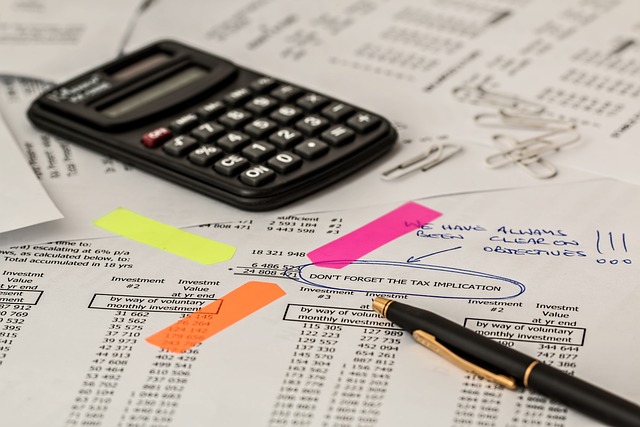Class 11 Accountancy-NCERT

Course Content
Chapter 1 Introduction to Accounting
-
00:00
Chapter 2 Theory Base of Accounting
Chapter 3 Recording of Transactions – I
Chapter 4 Recording of Transactions – II
Chapter 5 Bank Reconciliation Statement
Chapter 6 Trial Balance and Rectification of Errors
Chapter 7 Depreciation, Provisions and Reserves
Chapter 8 Bill of Exchange
Chapter 9 Financial Statements – I
Chapter 10 Financial Statements – II
Chapter 11 Accounts from Incomplete Records
Chapter 12 Applications of Computers in Accounting
Chapter 13 Computerised Accounting System
Student Ratings & Reviews

No Review Yet
